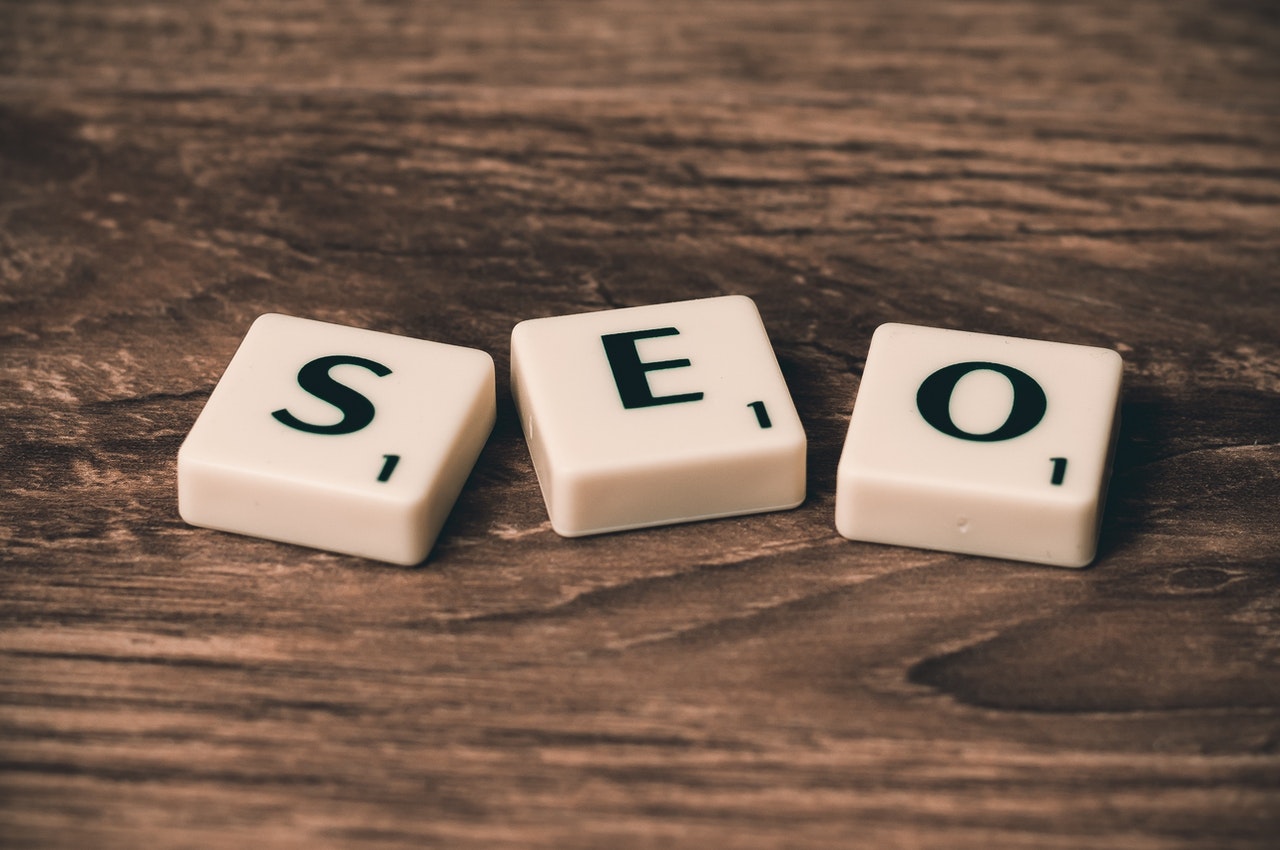

Let’s talk about SEO.
SEO is one of those things that you’ve heard you need for your website, but you’re not sure why. What exactly is SEO? Is it expensive? Is it really necessary?
In this post, we’ll help you make sense of SEO, and how to use it to promote your business and sell more products. Let’s get started.
What is SEO?
SEO is short for search engine optimisation. It’s everything you do and can do on your website to generate more traffic from the search engines. By optimising, or improving the quality of your website, you’ll win favor with major search engines like Google and Bing who will then promote your website to their users (i.e. your potential customers). The goal of SEO is to push your website to the top of the search engine results page for a specific query.
Still confused?
To understand SEO, we need to pull back and discuss how search engines work.

How Does SEO Work?
You’re already familiar with how search engines work. You have a question or a need so you head to Google to do a search. If you’re lucky, you find the answer to your question right away. If not, you reword or get more specific with your query and search again.
The top 10 results that return for your query are webpages that have been optimised for the exact terms that you searched for. There are a lot of factors that go into search engine optimisation, but keywords play a huge role (we’ll get into this a little later). The most important thing to note is that search engines act as gatekeepers. They decide whether or not to promote your website for a specific search query. The good news is that you can influence their decision to show your website by practicing good SEO.
The basics of SEO are pretty simple:
You build a website to promote your business to your target audience (i.e. your customer). To attract their attention, you must create content on your website to answer the questions that they’re searching for. Additionally, you must ensure that your website offers a positive user experience. This means that your website is easy to navigate and mobile-friendly. Finally, you must communicate your website’s value to the search engines. Search engine crawlers need to understand what your website is about and who will benefit from it.
SEO really boils down to producing a quality website for your target audience.
Boss Agency Tweet This
While that may seem like a lot, SEO really boils down to producing a quality website for your target audience. It’s not about tricking search engines to promote your website. Unethical tactics, like keyword stuffing or adding invisible text to your website, no longer work. These days, search engines have evolved to recognise and penalise websites that engage in so-called negative SEO tactics. Search engines reward websites that prioritise a positive user experience.
It makes sense.
Search engines aren’t in business with websites. They’re in business with users. The goal of any search engine is to deliver the best possible results to its users. If a search engine delivers results that are of poor quality or don’t answer a query satisfactorily, the user will grow frustrated and lose trust with that search engine. Eventually, the user will stop using that search engine and find a better alternative.
Search engines want to make their users happy. This is why Google uses over 200 factors to determine how a website ranks for a search result. But let’s get real. Unless you’re an SEO expert, you probably don’t have the time, expertise, or inclination to optimise your website for all of these factors. The good news is that you don’t have to. Below, we’ll discuss the most important factors that you can implement right away to start generating more organic (i.e. free) traffic to your website.
How Do You Optimise Your Site for Search Engines?
Let’s discuss how to make your website attractive to search engines.
The Supremacy of Content
Your website is all about content. From your “About Us” page to your blog posts to your FAQs, everything that you write on your website should be created for your target audience. From an SEO standpoint, the goal of your content is to completely answer a search engine query. “Completely” is the word of note here. Ideally, the search engine user should arrive on your page and find the answer that they’re looking for, without need to look any further.
If the user arrives on your page, immediately discovers that your content isn’t the right fit for their question, and then bounces, it will hurt your future search engine ranking. Search engines pay attention to bounce rates. High bounce rates signal that your website doesn’t provide satisfactory content. This causes search engines to stop returning your website for a specific query.
Create quality, long-form content that thoroughly answers a first-time visitor’s question. Then get to do take some other action on your website such as read a related blog post, click on your contact page, or sign up for your email list. When first-time visitors engage in these calls to action, your bounce rate lowers and it improves your SEO.
Be sure to create content for your target audience at various stages of discovery. Some of your audience may be ready to learn about your products and others may be ready to buy. You need pages and posts that speak to target customers at all stages of the sales funnel.
The length of your content also matters. Search engines favour longer content (1,000 words and above) because longer content is more likely to fully answer a user’s query.
The Role of Keywords in SEO
We can’t talk about content without talking about keywords. In short, keywords are the words that users type into the Google search box. While there are various types of keywords, the two main types of keywords to concern yourself with are shorttail and longtail.
Shorttail keywords are generic and broad. An example of a shorttail keyword is the single word “boots.”
Longtail keywords are specific. An example of a longtail keyword is the phrase “best budget winter hiking boots.”
As you can see from these examples, shorttail keywords can pull up a massive list of results while longtail keywords will generate a modest return by comparison. In my Google search, it was the difference between 2 billion (boots) and 4 million (best budget winter hiking boots).
Instead of attempting to rank for a shorttail keyword term, target longtail keyword searches in your content. You’ll generate more traffic that way because it’s practically impossible for a small to medium-size business to rank for a generic keyword term. And if you can’t rank within the first 10 results on Google, there’s no point. Research shows us that 9 out of 10 people never click beyond page one of the search results.
This is why it’s best to go for the longtail keywords. Your target audience will use more specific terms as they move down the sales funnel and understand more of what they want. Target these queries to get better results.


What is SEM?
SEO is different from SEM which stands for search engine marketing. SEO is concerned with generating natural, or organic, traffic. With SEM, you pay for ads that show up on the top of the search engine results.
There are two benefits to SEM. First, the placement of your ad (above the other results) increases your visibility. Users will see your ads first and, if you’re successful, they’ll click on your page instead of scrolling down.
The second benefit of SEM is that you can start getting traffic immediately. By contrast, SEO is a long term strategy. Even though you can implement these tactics right now, you won’t see the benefits of SEO for a while. It may take months (or longer) for you to get natural traffic from SEO, but you can get traffic from SEM now.
That said, relying on SEM alone is not advisable. SEM is good but it will never take the place of SEO. Good SEO is an essential and affordable solution that will grow your business.
Final Thoughts
In this post, we’ve discussed what SEO is and shared tips on how to use it to promote your business. While SEO can get really complicated, nailing the above basics will dramatically optimise your website for search engine traffic and allow you to grow your business. In a nutshell, practicing good SEO enables you to get discovered by potential customers.
Would you like personalised help with SEO or SEM? We’d be happy to assist you. Let’s talk!